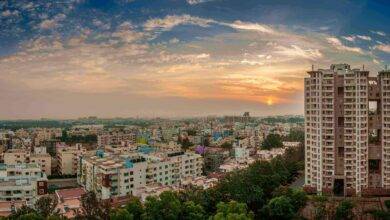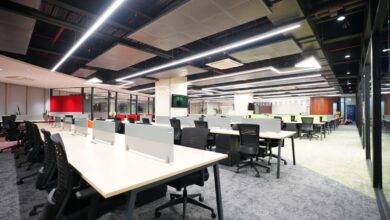Why Commercial Real Estate Thrives Near Railway Stations

Commercial real estate near railway stations often excels due to high foot traffic and strategic location. These stations attract a diverse crowd, making them ideal for businesses.Retailers and food outlets benefit most from the constant flow of people, leading to increased visibility and sales. Investing in commercial spaces near railway stations typically results in higher footfalls and better returns, making these locations highly attractive for both large brands and investors.
Ambernath, a sought-after residential destination, is set for significant commercial expansion with the upcoming Chikhloli railway station. This new station will become a crucial transport hub, enhancing connectivity between Ambernath and key areas such as Kalyan, Badlapur, and Mumbai. The Chikhloli station’s strategic position will improve accessibility, making travel between Ambernath and surrounding regions more efficient. This increased connectivity will attract a diverse range of commuters and visitors, creating a robust environment for commercial enterprises. Businesses, from retailers to food outlets, will benefit from the high visibility and foot traffic driven by the station’s proximity. The enhanced transportation links will also contribute to the overall urban development of Ambernath, boosting local infrastructure and growth. Investing in commercial spaces near the Chikhloli station promises not only higher footfalls but also superior returns, positioning Ambernath as a prime location for both established brands and forward-thinking investors.
A diverse array of developers like Empire Centrum,Vishwajeet Empire, Patel RPL Realty, Nisarg Nirman Developers, Mohan Nano Estate is focusing on commercial projects in this vibrant area, recognizing its potential to drive urban growth. The high foot traffic and improved accessibility offered by the new railway station are key factors attracting these developments.
These commercial ventures are poised to benefit from the constant flow of commuters and tourists, creating dynamic spaces for businesses to thrive. This influx of development is also aligned with broader urban planning goals, supported by MIDC and other initiatives, aiming to boost local employment and contribute to the city’s progress and beautification.


